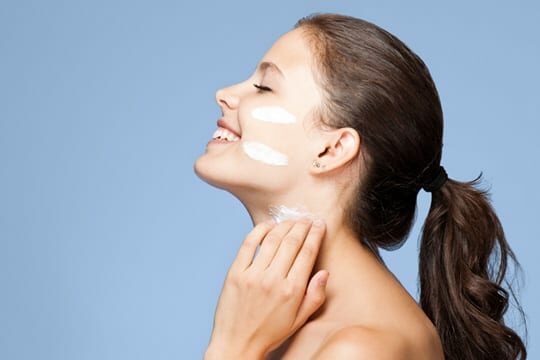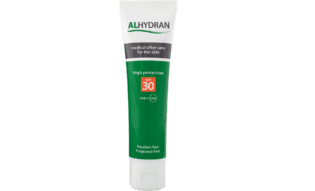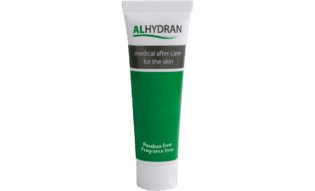Sunburn
Overexposure to sun’s rays can be very harmful to the body, with the potential of sun damage, skin cancer, or other complications. Did you know that a disrupted skin barrier requires even more sun protection than healthy skin? Use ALHYDRAN SPF 30 for optimal skin treatment and UV-protection.


